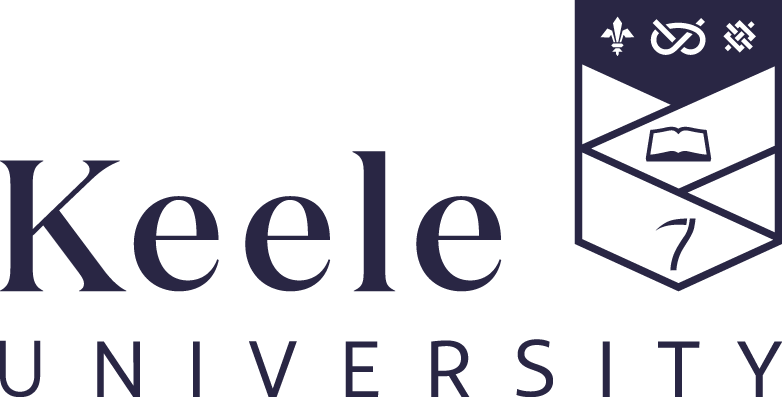
PHY-20026 - Module Specification School of Chemical and Physical Sciences Faculty of Natural Sciences
For academic year: 2025/26 Last Updated: 18 December 2025
PHY-20026 - Statistical Mechanics and Solid State Physics
Coordinator: John Taylor Tel: +44 1782 7 33494
School Office: 01782 734921
Programme/Approved Electives for 2025/26
Available as a Free Standing Elective
Co-requisites
None
Prerequisites
Successful completion of FHEQ Level 4 Physics or AstrophysicsORRegistration on FHEQ Level 5 of a degree programme in physics or astrophysics
Barred Combinations
None
Description for 2025/26
You will be introduced to lattice vibrations, the determination of crystalline structure, and the techniques for describing the properties of large ensembles of particles. You will study the mathematical descriptions of particles and states including Maxwell-Boltzmann, Fermi-Dirac and Bose-Einstein statistics. The applications of these to the thermal, electrical and magnetic properties of solids will be covered.
This module aims to introduce the students to statistical mechanics and to solid-state physics and to give them the skills and understanding to solve problems and make applications in these areas. Solid-state physics is a fundamental science underpinning much of the modern world, from materials engineering to the central processing units that form the heart of all computers. Statistical mechanics is the method used to propagate our understanding of microscopic and atomic phenomena to the human scale, and is required to explain many concepts in solid-state physics.
Intended Learning Outcomes
describe the importance of and calculate the effects of lattice vibrations in determining the properties of solids: 1,2explain the classical and quantum models for free electrons in solids: 1,2explain the origin of energy bands in solids: 1,2explain the origin of the magnetic properties of solids: 1,2describe the statistical treatment of large ensembles of particles: 1,2apply the Maxwell-Boltzmann, Fermi-Dirac and Bose-Einstein distributions to the properties of solids: 1,2use appropriate mathematical techniques to solve physical problems: 1,2,3explain crystal structure and calculate properties of solids using the mathematical description of lattices.: 1,2,3
Study hours
Active Learning Hours:32 hours of lectures15.5 hours problem classes2.5 hour unseen examination on Solid State Physics and Statistical Mechanics1 hour unseen class test on MathematicsIndependent Study Hours:20 hours on solving problem sheets79 hours examination revision/preparation and private study
School Rules
None
Description of Module Assessment